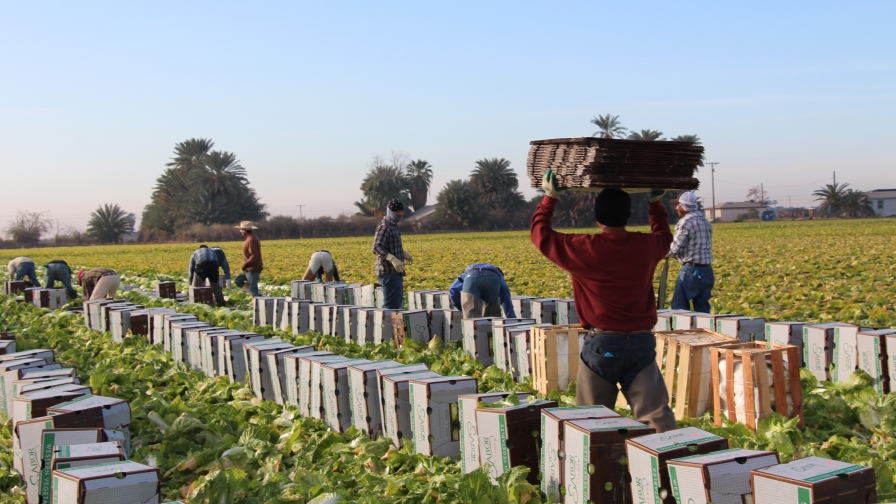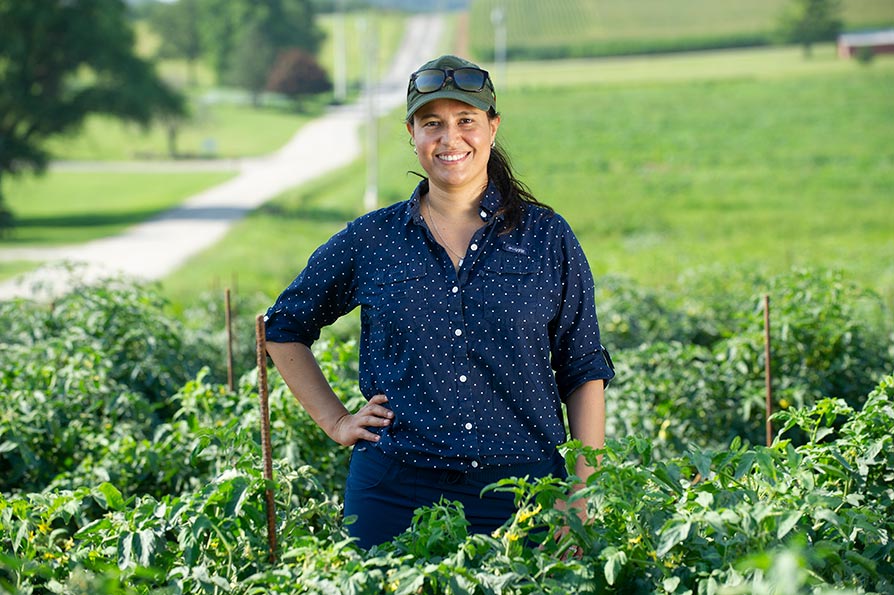What To Know about Peach Firmness and the Eating Experience
The eating experience of a peach traditionally is accompanied by a bite of soft flesh that melts in your mouth with juice running down your chin. This is the pure delight of eating a melting peach. Peaches can also have a flesh that is firmer to the bite when ripened, reminiscent of an apple. These types of peaches are normally associated with canning and are known as non-melting peaches.
However, things are not as black and white as they seem with respect to peach flesh firmness, instead moving toward different shades of gray. I have had the opportunity to eat peaches with different flesh types (i.e., melter, non-melter, stony hard, crispy, etc.). To me, this is an exciting experience and makes me dream of a cultivar that has all the best combinations.
Similarly, all of us peach aficionados often come across peach cultivars from different programs (from both public and private sectors) with diverse flesh profiles when we shop at the supermarket or in our testing plots. So, the question that I often wonder: Is there a peach flesh type ideotype for the market/consumers, or are we moving toward a palette of different materials?
SPOTLIGHT ON NON-MELTING CULTIVARS
In the Cooperative Regional Moderate Chill peach variety development program, located in Attapulgus, GA, we have been breeding peaches since 1986 in collaboration with the USDA-ARS (Byron, GA), the University of Georgia (Griffin and Tifton, GA), and the University of Florida (Gainesville, FL).
This program has focused on producing non-melting peach cultivars for the fresh market for the U.S. Gulf region. The major objective of using non-melting materials was to allow growers to leave fruit longer on the tree and to improve fruit size, appearance, and quality (increased brix and reduced acidity). Other programs have been producing non-melting materials, such as the University of Arkansas, the USDA-ARS in Byron, University of Florida, and Rutgers University, among others.
For us, and I personally believe for any program working with non-melting types, the use of this unique flesh type yielded additional unexpected outcomes. Other flesh types started appearing in our breeding material. For example, there are some advanced peach breeding lines in our program with fruit that can stay longer/firmer while on the tree but ripen as a melter. There are also advanced lines with melting type fruit but with a crisp texture, etc.
Besides having the unique experience of evaluating our breeding materials and seeing firsthand the variation in fruit flesh firmness, over the last few years I have tasted materials from other programs that have different combinations of flesh attributes. Personally, I am interested in the idea of having a crisp fruit that eats like a melter but behaves like a non-melter while still on the tree.
LET THE EVOLUTION BEGIN
I have purchased non-melting material ripening in early May from California. I have tasted cultivars from Arkansas with crispy and non-melting characteristics. We are just starting to see the evolution of the peach eating experience. Although our market seeks for a uniform ideotype of fruit appearance (yellow flesh with red blush), it may evolve into cultivars that have superior quality and keeping characteristics. This is something that has quickly evolved in blueberries, where the crisp texture can now be found in most southern highbush cultivars.
From the grower and industry perspective, would it be better to have firmer cultivars for harvest, handling, and shipping? It may be necessary to change our harvesting parameters. Perhaps instead of harvesting an unripe/firmer fruit, as it is currently done with melting cultivars, we will have the option to harvest a true ripe firm fruit. These cultivars will require unique harvesting recommendations and postharvest guidelines to make sure that their characteristics can be used to benefit the industry and the consumers. I, for one, am excited about the eating experiences on the peach cultivars to come.







![Rinse and Repeat! Florida Growers Dealing With More Major Hurricane Impacts [Update]](https://www.growingproduce.com/wp-content/uploads/2024/10/Hurricane_Milton_afternoon_approach_100924.jpg)

